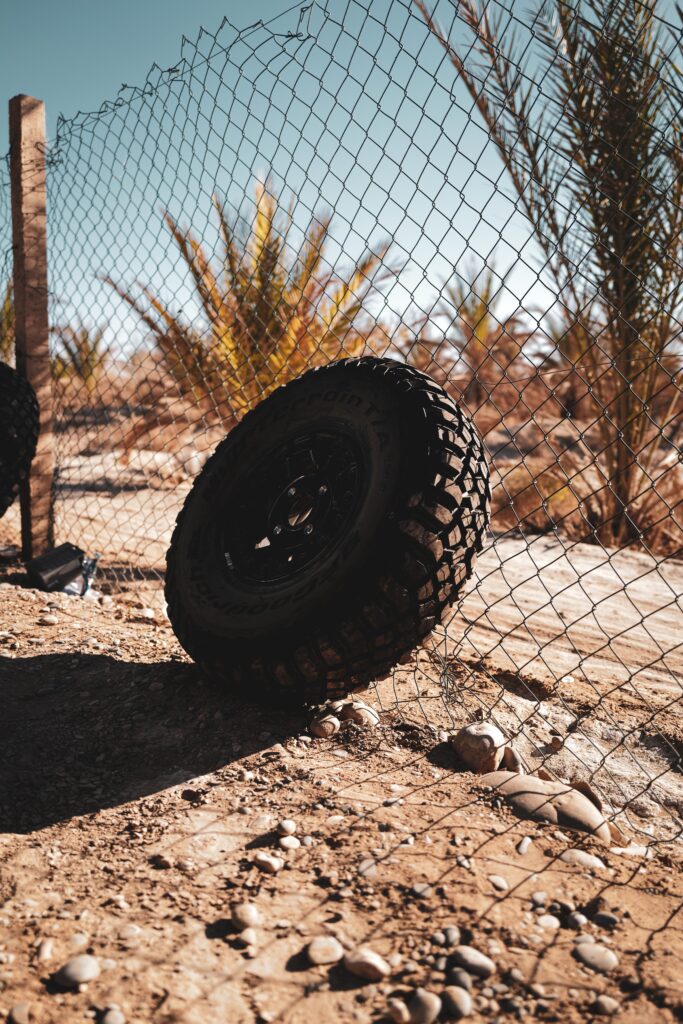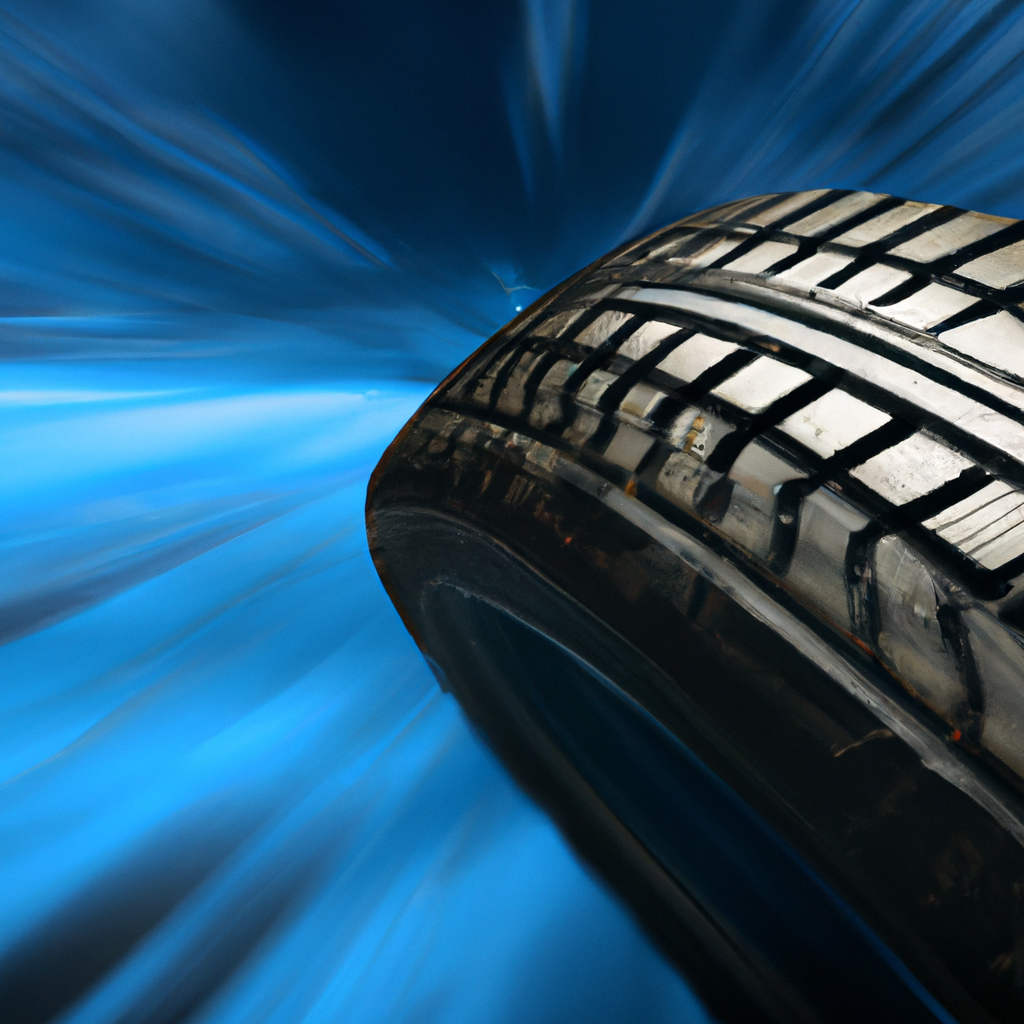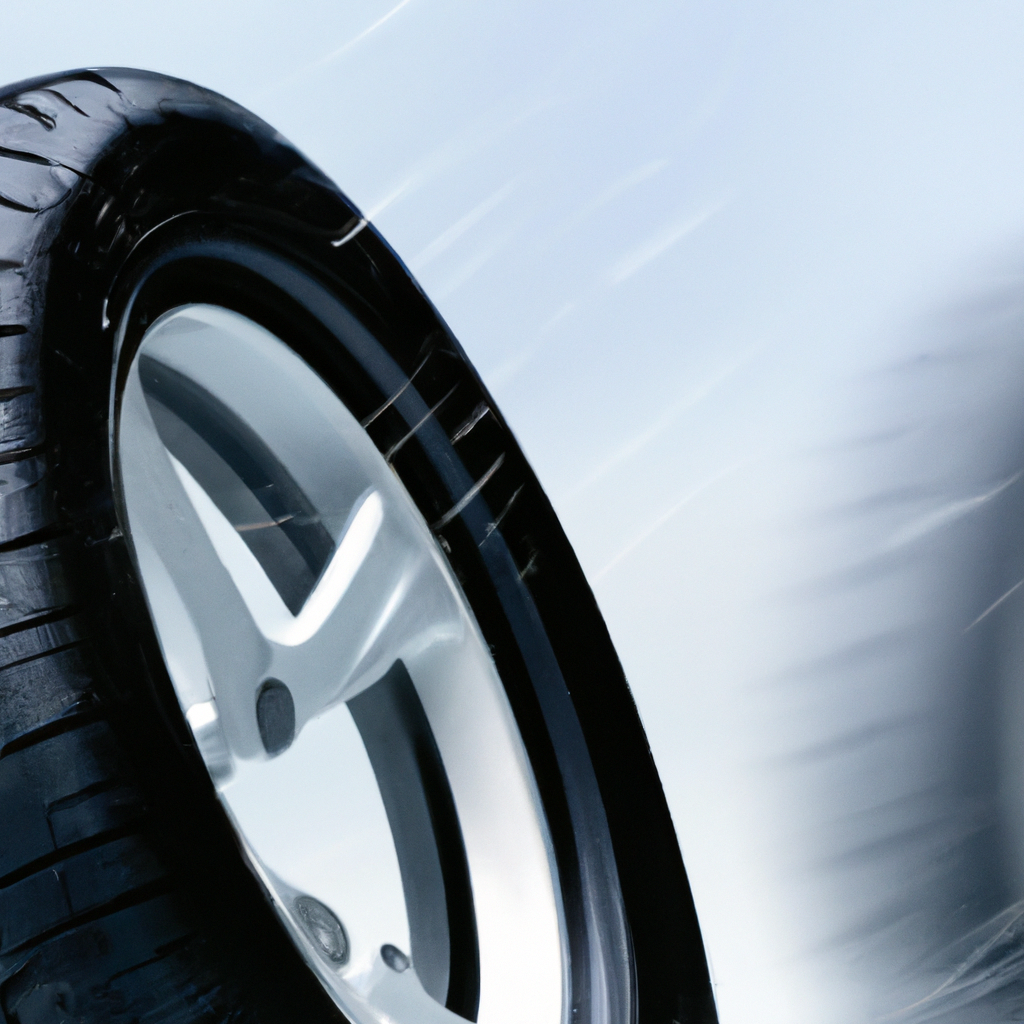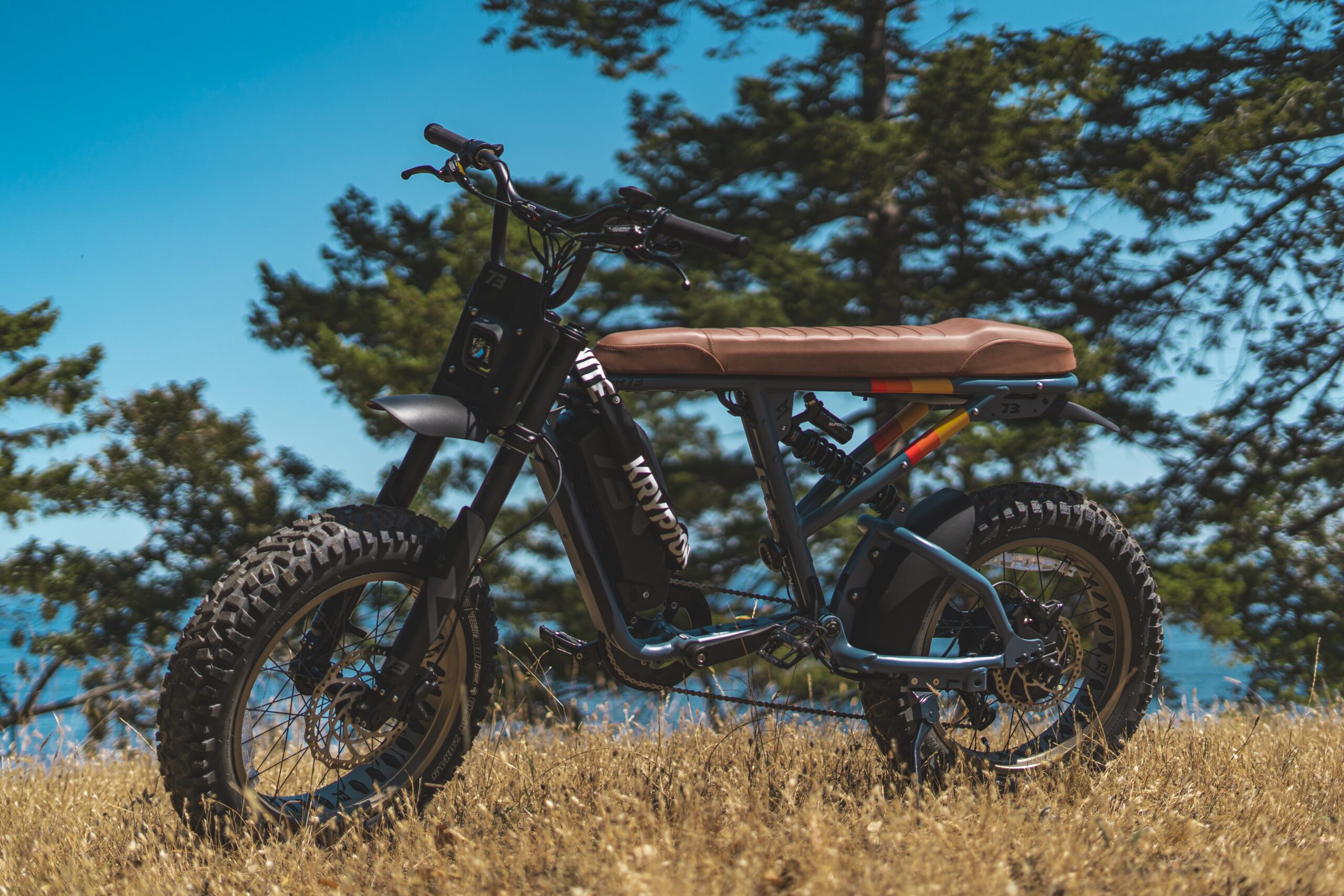Are you curious about the impact of summer tires on your vehicle’s stability when driving at high speeds? Understanding how these specialized tires contribute to a smoother and safer ride is crucial for those seeking an exhilarating driving experience. In this article, we will explore the various ways in which summer tires enhance your vehicle’s stability, enabling you to navigate sharp turns and maintain control even at high speeds. So buckle up and get ready to discover the secrets behind these essential components of your summer driving adventures.
Tire Composition and Design
Rubber Compounds
The composition of a tire plays a crucial role in its overall performance, especially when it comes to high-speed driving. Summer tires are specifically designed to provide optimal grip and traction in warm weather conditions. One key aspect of their composition is the rubber compounds used. Summer tires are typically made with a softer rubber compound, which allows them to adhere better to the road surface. This enhanced grip ensures greater stability and control, even when driving at high speeds.
Tread Patterns
The tread pattern of a tire also plays a significant role in its ability to maintain stability during high-speed driving. Summer tires are engineered with tread patterns that are designed to maximize grip and traction on dry and hot road surfaces. These patterns often feature larger tread blocks that provide a larger contact area with the road, allowing for improved steering response and stability. Additionally, the specific arrangement of the tread grooves helps to channel water away efficiently, reducing the risk of hydroplaning and maintaining stability in wet conditions.
Tire Construction
The overall construction of a summer tire also contributes to its stability during high-speed driving. Summer tires are typically designed with a stiffer sidewall construction, which enhances the tire’s responsiveness to steering inputs. This improved steering precision allows for more accurate control of the vehicle, promoting stability during maneuvers such as cornering at high speeds. The construction of the tire carcass itself is also optimized to reduce rolling resistance, minimizing heat buildup and improving overall performance and stability.
Heat Dissipation and Cooling Abilities
Heat Generation
When driving at high speeds, tires generate a significant amount of heat due to the friction between the tire and the road surface. This heat can affect the tire’s performance and stability if not dissipated and controlled effectively. Summer tires are designed to handle the increased heat generated during high-speed driving, thanks to their specialized rubber compounds and construction.
Heat Dissipation Mechanisms
The heat generated by the tires needs to be dissipated to maintain the tire’s optimal performance and stability. Summer tires utilize various mechanisms to dissipate heat effectively. These may include tread designs with larger channels and grooves, which help in dissipating heat by increasing airflow around the tire. Additionally, the tread compounds used in summer tires are engineered to dissipate heat efficiently, preventing overheating and maintaining stability during high-speed driving.
Cooling Systems
Some high-performance summer tires are equipped with advanced cooling systems to further enhance heat dissipation. These cooling systems consist of internal channels or cavities within the tire structure that allow for increased airflow, removing heat from the tire more effectively. This technology ensures that the tire remains at a stable temperature, reducing the risk of overheating and maintaining stability during high-speed driving.

Enhanced Grip and Traction
Contact Patch
The contact patch refers to the portion of the tire that makes direct contact with the road surface. In the case of summer tires, the design and composition are optimized to provide a larger contact patch, promoting enhanced grip and traction. A larger contact patch allows for better power transfer and improved stability during high-speed driving. This ensures that the tire maintains optimal contact with the road, providing maximum grip and control.
Tire Surface
The surface of a summer tire is specifically engineered to enhance grip and traction, especially in warm weather conditions. The tread compounds used in summer tires are designed to remain flexible and sticky in higher temperatures, allowing for better adhesion to the road surface. The unique composition of the tire surface ensures that the rubber can generate the necessary friction between the tire and the road, providing superior grip and stability during high-speed driving.
Cornering Performance
Summer tires are known for their outstanding cornering performance, thanks to their enhanced grip and traction. The combination of the tire’s tread design, rubber compounds, and sidewall construction allows for precise and predictable handling during high-speed cornering. These tires provide better stability when taking corners at high speeds, allowing for more confident and controlled maneuvering. The improved cornering performance of summer tires is essential for maintaining vehicle stability in various driving conditions.
Adaptive Tread Compounds and Technology
Adaptive Compounds
Some high-performance summer tires utilize adaptive compounds that can adjust their characteristics based on the road conditions and temperature. These compounds are engineered to provide optimal grip and traction in both dry and wet conditions. In dry conditions, the adaptive compounds offer excellent grip and stability, while in wet conditions, they adapt to maintain traction on slippery surfaces. This adaptive technology enhances the tire’s overall performance and stability during high-speed driving.
Microscopic Tread Features
Microscopic tread features, such as sipes and biting edges, are incorporated into the design of summer tires to improve grip on various road surfaces. These minute cuts or slits in the tread blocks help enhance traction by interlocking with the road surface, providing better stability during acceleration, braking, and cornering. By maximizing the tire’s contact with the road, these microscopic tread features contribute significantly to the overall stability and performance of summer tires, especially during high-speed driving.
Active Braking Technology
Some advanced summer tires feature active braking technology, which further enhances stability during high-speed braking. This technology utilizes specialized tread compounds and design elements to improve braking performance. With active braking technology, the tire can generate more friction and grip during braking, resulting in shorter braking distances and improved stability. This innovative feature ensures that summer tires maintain their performance and stability even during abrupt stops at high speeds.

Optimized Steering Response
Steering Precision
When driving at high speeds, precise and responsive steering is crucial for maintaining vehicle stability. Summer tires are designed to provide optimized steering response, allowing for quick and accurate control of the vehicle. The tire’s composition and construction enhance its ability to transmit steering input to the road, resulting in improved steering precision. This ensures that the vehicle maintains stability and stays on the intended path, even when driving at higher speeds.
Cornering Stability
Cornering stability is a key aspect of maintaining vehicle stability during high-speed driving. Summer tires excel in providing superior cornering stability, thanks to their unique design and construction. The enhanced grip and traction, combined with the tire’s sidewall stiffness, allow for precise and controlled cornering at high speeds. The optimized cornering stability ensures that the vehicle remains stable and composed during maneuvers, promoting overall safety and driver confidence.
Feedback and Control
Good feedback and control are vital for maintaining stability during high-speed driving. Summer tires are designed to provide excellent feedback to the driver, allowing them to have a clear understanding of the tire’s grip and road conditions. This feedback helps the driver make informed decisions, ensuring that the vehicle maintains stability and responsiveness. The superior control offered by summer tires contributes significantly to the overall vehicle stability, even when driving at high speeds.
Reduced Rolling Resistance
Efficient Energy Transfer
Summer tires are designed to minimize rolling resistance, which refers to the energy wasted during the tire’s rotation. By reducing rolling resistance, summer tires allow for more efficient energy transfer from the engine to the road, resulting in improved vehicle stability and performance. The optimized tire composition and construction contribute to lower rolling resistance, ensuring that the vehicle maintains stability and responsiveness even during high-speed driving.
Fuel Efficiency
Reducing rolling resistance not only improves vehicle stability but also has a positive impact on fuel efficiency. Summer tires, with their focus on minimizing rolling resistance, help the vehicle to achieve better fuel efficiency during high-speed driving. With reduced energy waste, the engine doesn’t need to work as hard, resulting in less fuel consumption. Improved fuel efficiency not only benefits the environment but also provides financial savings for drivers.
Environmental Impact
Summer tires’ reduced rolling resistance not only benefits the vehicle and the driver but also has a positive impact on the environment. By minimizing energy waste, summer tires contribute to lower greenhouse gas emissions. With the world’s increasing focus on environmental sustainability, summer tires play their part in reducing the carbon footprint of vehicles. The eco-friendly design and reduced rolling resistance make summer tires a responsible and sustainable choice for high-speed driving.

Effective Water Evacuation
Hydroplaning Resistance
Driving in wet conditions poses challenges, especially in terms of stability. Summer tires incorporate features that enhance their ability to resist hydroplaning, which occurs when a layer of water separates the tire from the road surface. The tread patterns of summer tires are designed with channels and grooves that efficiently evacuate water, allowing the tire to maintain contact with the road. This effective water evacuation minimizes the risk of hydroplaning and ensures stability in wet conditions.
Grooves and Channels
The design of the tread patterns in summer tires plays a crucial role in their ability to evacuate water effectively. The grooves and channels in the tread patterns are strategically placed to divert water away from the tire’s contact patch. By quickly evacuating water, these grooves and channels ensure that the tire maintains optimal traction and prevents the loss of stability during high-speed driving in wet conditions. The efficient water evacuation provided by summer tires adds an extra layer of safety to driving in rainy weather.
Aquaplaning Prevention
Preventing aquaplaning, which is the complete loss of traction on a wet road, is essential for maintaining stability during high-speed driving. Summer tires are designed to prevent aquaplaning by incorporating features that enhance their water evacuation capabilities. The tread patterns are engineered to create turbulence within the grooves, facilitating the efficient expulsion of water and maintaining a strong grip on the road surface. With the prevention of aquaplaning, summer tires ensure stability and control, even in heavy rain conditions.
Responsive Braking Performance
Shorter Braking Distances
When it comes to high-speed driving, shorter braking distances are crucial for maintaining stability and safety. Summer tires are designed to provide exceptional braking performance, allowing for quick and efficient stops. The optimized tread compounds, tread patterns, and construction of summer tires improve their grip and traction during braking, resulting in significantly shorter braking distances. This responsive braking performance minimizes the risk of accidents and promotes vehicle stability even in emergency situations.
Braking Grip
The braking grip of summer tires is specifically engineered to provide optimal stability during high-speed braking. The composition of the tread compounds and the design of the tread patterns work together to maximize grip and traction during braking maneuvers. The tire’s ability to generate friction with the road surface ensures that the vehicle maintains stability even when braking at high speeds. The superior braking grip offered by summer tires contributes significantly to their overall performance and safety during high-speed driving.
Heat Resistance
Braking at high speeds can generate a significant amount of heat, which can affect the performance and stability of the tires. Summer tires are designed with heat-resistant materials and construction techniques that allow them to withstand the heat generated during high-speed braking. The specialized rubber compounds and heat dissipation mechanisms ensure that the tires maintain their optimal performance and stability, even under extreme braking conditions. The heat resistance of summer tires is essential for maintaining vehicle stability and safety during high-speed driving.

Improved Stability at High Speeds
Reduced Vibrations
Vibrations can negatively impact stability at high speeds, making it essential to minimize them. Summer tires are designed to minimize vibrations through their advanced construction techniques and rubber compounds. The composition of these tires helps in absorbing and dispersing vibrations, allowing for a smoother and more stable ride. By reducing vibrations, summer tires enhance overall stability, ensuring that the vehicle remains composed and controlled even when driving at high speeds.
Balanced Weight Distribution
Proper weight distribution is crucial for maintaining stability, especially during high-speed driving. Summer tires are engineered with balanced weight distribution considerations in mind. The construction and design ensure that the weight is evenly distributed across the tire’s contact patch, optimizing traction and stability. This balanced weight distribution allows for more consistent performance and better control, promoting stability during high-speed driving in various conditions.
Controlled Cornering
Cornering stability is a critical aspect of stability, especially at high speeds. Summer tires excel in providing controlled cornering performance, allowing for stable and predictable maneuvers. The advanced tread patterns, rubber compounds, and construction techniques of summer tires provide the necessary grip and traction for controlled cornering. This ensures that the vehicle remains stable and composed during fast-paced cornering, promoting overall stability and safety during high-speed driving.
Proper Tire Maintenance and Care
Inflation Pressure
Maintaining proper tire inflation pressure is vital for ensuring stability and performance. Underinflated or overinflated tires can affect stability and handling, especially at high speeds. It is crucial to regularly check and maintain the recommended tire pressure for summer tires. Proper inflation pressure helps optimize the tire’s contact with the road surface, ensuring maximum grip and stability during high-speed driving. Regularly monitoring and adjusting inflation pressure is an essential part of tire maintenance and care.
Tire Rotation
Regular tire rotation is an important maintenance practice that contributes to stability and tire longevity. Summer tires, like any other tires, can wear unevenly due to factors like vehicle weight distribution and driving habits. By rotating the tires regularly, you can ensure more even wear across all the tires, promoting stability and extending their lifespan. Proper tire rotation helps maintain the tire’s optimal performance and stability, ensuring consistent grip and traction during high-speed driving.
Tread Depth
Monitoring and maintaining proper tread depth is crucial for overall tire performance and stability. Summer tires, especially those designed for high-speed driving, have specific minimum tread depth requirements. Adequate tread depth ensures that the tire can effectively disperse water, maintain grip, and provide stability in different driving conditions. Regularly checking the tread depth and replacing tires when they reach the recommended limit is an essential aspect of tire maintenance and care for maintaining stability during high-speed driving.
In conclusion, summer tires contribute significantly to vehicle stability during high-speed driving. Through their specialized rubber compounds, tread patterns, and tire construction, they provide enhanced grip and traction. The ability to dissipate heat effectively and control cooling mechanisms ensures stability even under high-speed driving conditions. With features such as adaptive tread compounds, responsive braking, and optimized steering response, summer tires offer improved stability and control. Reduced rolling resistance, effective water evacuation, and improved stability at high speeds further enhance their performance. Proper tire maintenance and care, including maintaining inflation pressure, performing tire rotations, and monitoring tread depth, play a crucial role in ensuring stability and maximizing the lifespan of summer tires.


